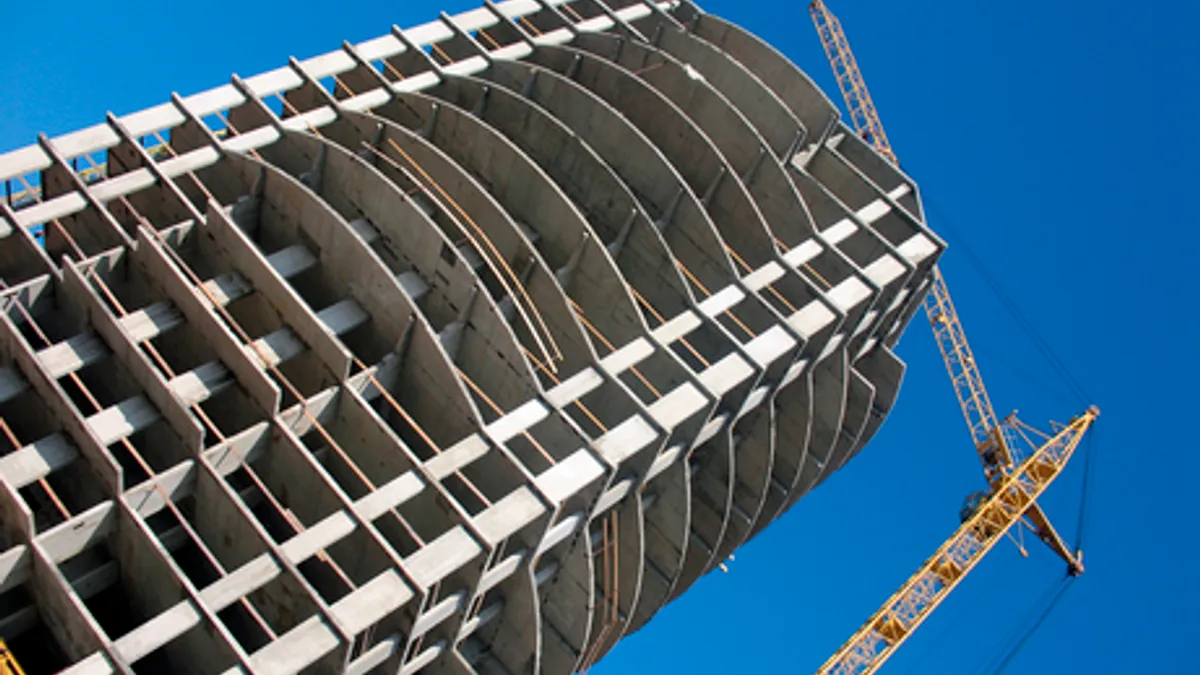Construction is inherently risky. When safety enforcement falls short, workers face serious hazards on jobsites. And as projects grow more complex and expensive, contractors have their work cut out in meeting multiple stakeholders' requirements, adapting to countless variables and weathering budgetary and timeline pressures.
In an industry with notoriously tight profit margins, the success of projects often comes down to effective management of risk in all its forms, ranging from rising interest rates to talent shortages to faulty workmanship. In this Spotlight, we explore best practices for pinpointing and mitigating these red flags early on, through early conversations with risk managers and lawyers, for example, or builder's risk coverage that protects against unknowns while work is being done. The best formula may be a combination of technology, culture and data, according to panelists at a recent conference, through use of tools like BIM, 3D scanning and 3D printing to inform and support proactive decision-making.
-
Design-build risk abounds, but can be mitigated
A consultant with decades of experience confidently told a crowd of professionals that there is "no such thing as risk," since it is defined differently among stakeholders. The trick isn't identifying risks, but managing them. Read More »
-
What are the biggest risks for construction companies?
With the U.S. in one of the longest recoveries in history, contractors must be especially vigilant not to run out of cash, as they are three times more likely to fail in an upswing than in a downturn, said a FMI Corp. analyst. Read More »
-
How data, tech and 'heart' can mitigate jobsite safety risks
Contractors need to analyze and act on robust data, change the corporate culture, and implement technologies to reduce injuries and retain employees, construction safety experts say. Read More »
-
How builder's risk coverage can protect buildings under construction
Every business, small or large, that embarks on a construction project needs builder's risk insurance because it typically covers things that property and liability policies don't, legal experts say. Read More »
-
The Dotted Line: Mitigating the risk of unforeseen site conditions
If a contractor signs a contract stating it's responsible for all conditions before doing its due diligence on site conditions, a contract expert said, it should anticipate schedule-killing litigation. Read More »
-
Why P3s can be a project delivery method worth the risk
When executed properly, public-private partnerships can be a win-win for those on both sides of the aisle. Read More »













